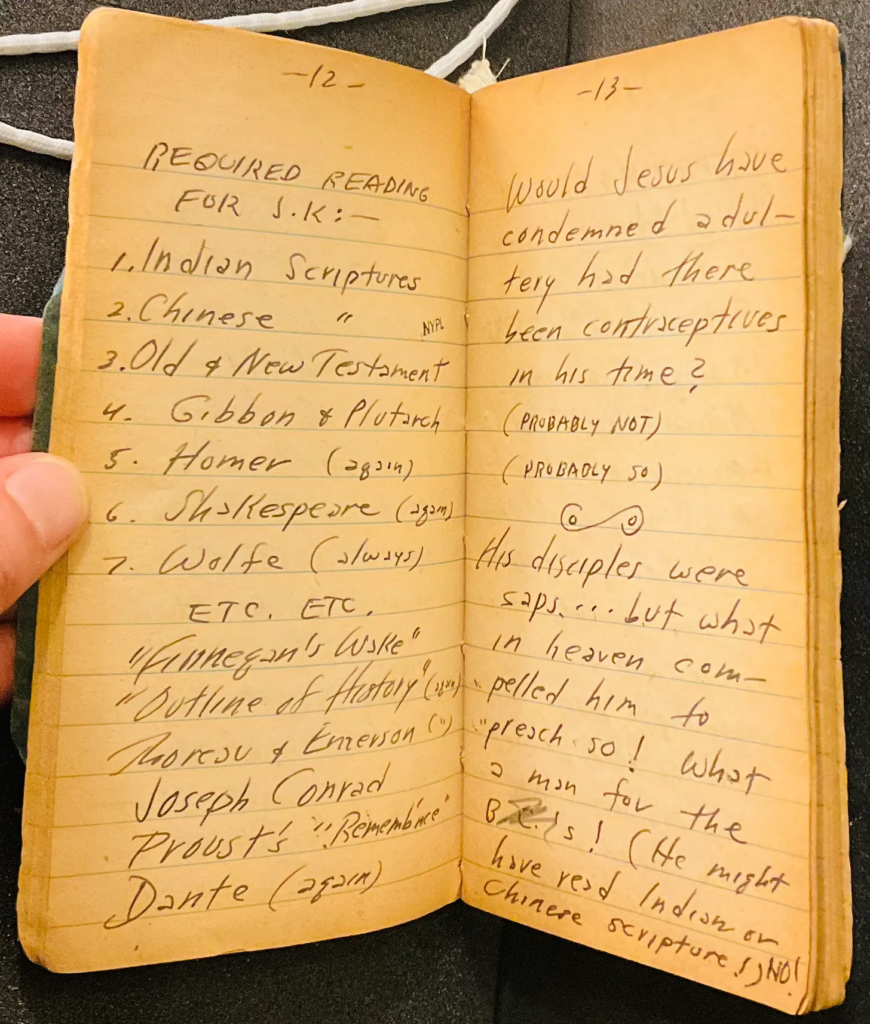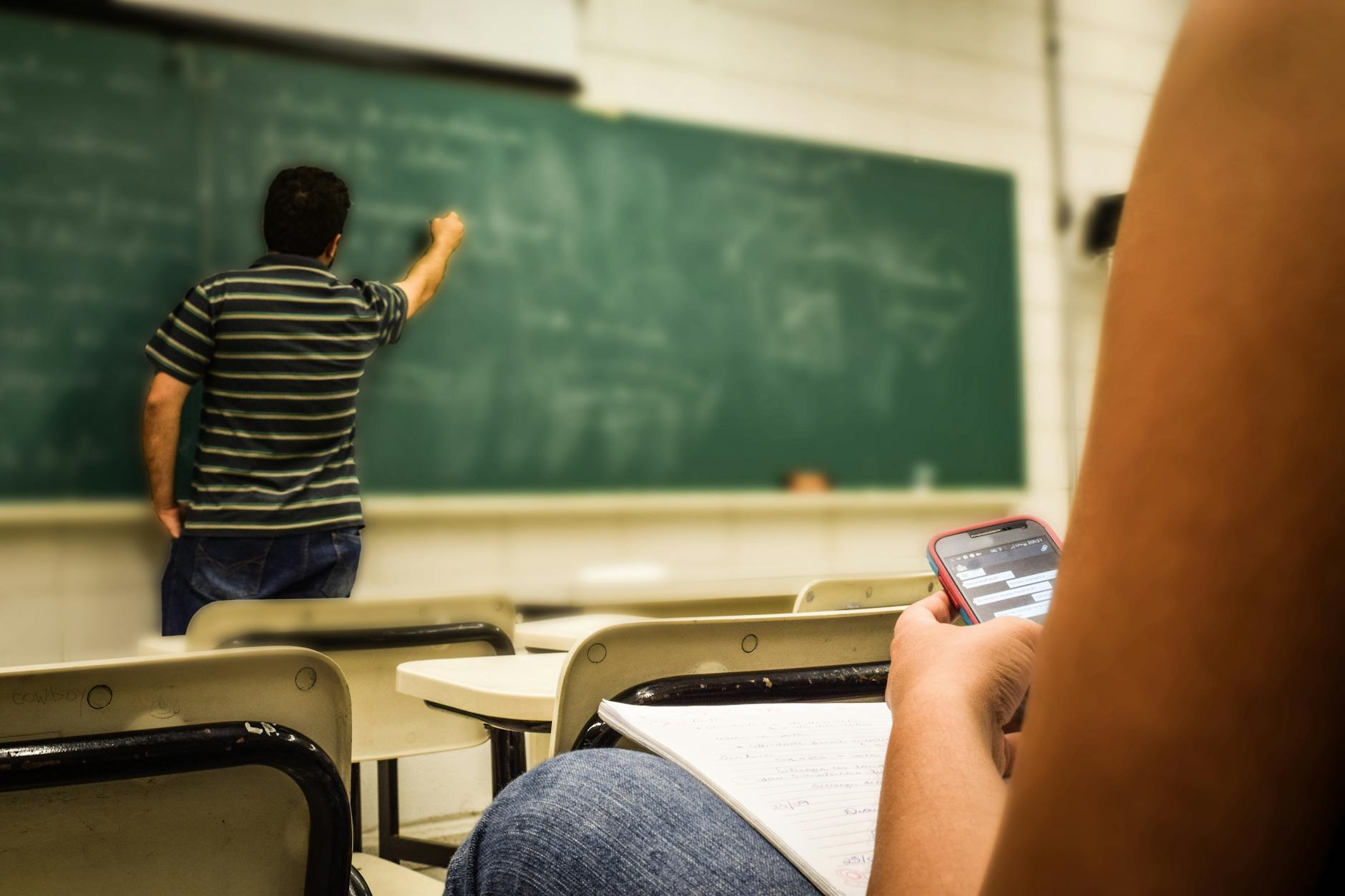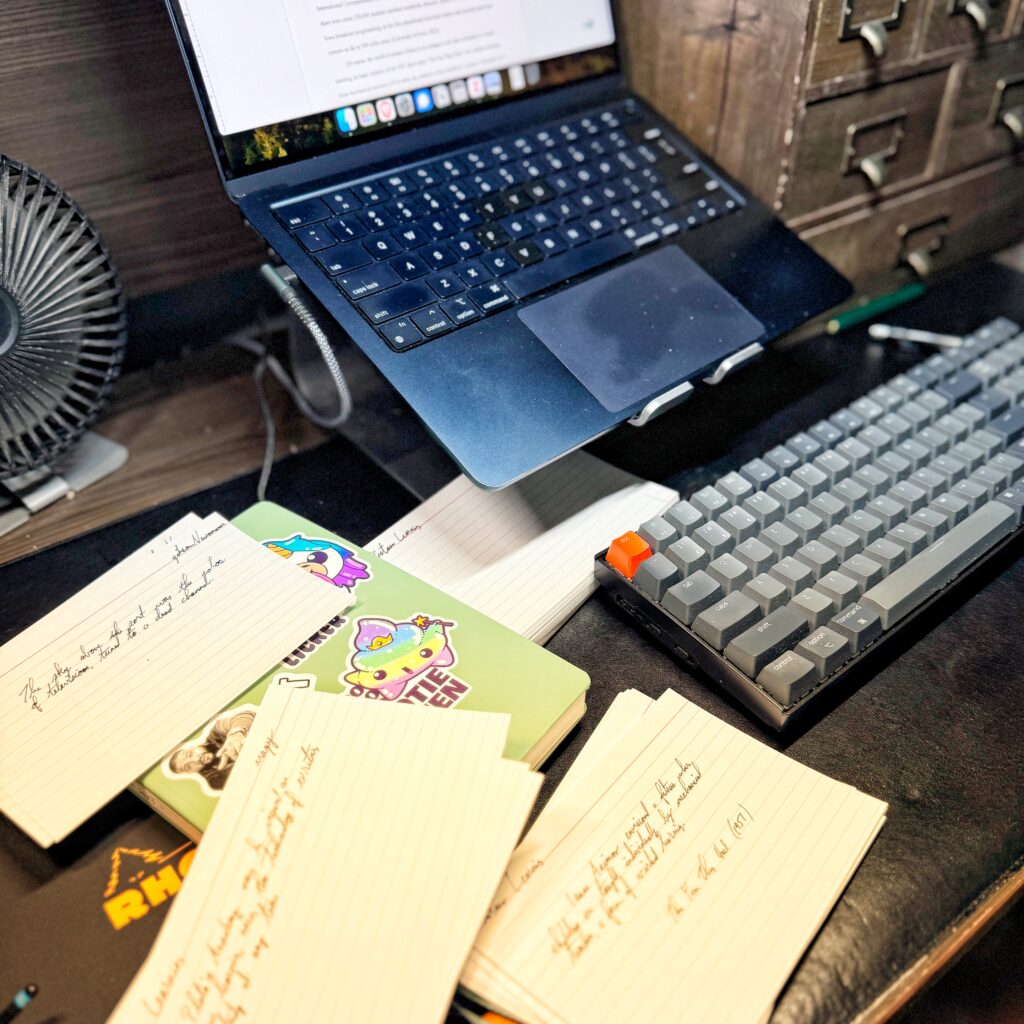
Greetings Starfighters,
Hopefully you’ve had a chance to recover from the inbox bombardment that is Black Friday, Small Biz Saturday, Cyber Monday, and Giving Tuesday.
Does anyone else think we should do the giving stuff before all the buying? Or just do the giving and skip the buying?
Here’s a list of ideas for holiday gifts for someone special, or for yourself. Many of these come from my own favorite stuff pile or a bookshelf somewhere.
- Books – Books always make great gifts since you can find one on any topic for any person. And yes, audiobooks, ebooks, and graphic novels count as books, too. I feel everyone should have a copy of Meditations around—I’m not the only one, there’s a great scene from The Holdovers below—because it holds so much wisdom for daily life. https://www.youtube.com/watch?v=lTO89JtczGI Also, if you or someone you know does any creative work, then The War of Art, Bird by Bird, On Writing, and all of Austin Kleon’s books are great gift ideas. Of course, for the fantasy lovers, Brandon Sanderson’s newest Stormlight Archive book will be a must read. The Library Book is a great gift no matter who you are, along with any biographies written by Ron Chernow, David McCullough, Robert Caro, Doris Kearns Goodwin, or William Manchester. Finally, there’s A Die Hard Christmas: The Illustrated Holiday Classic, sure to please that certain someone who believes it’s not Christmas until Hans Gruber falls from Nakatomi Tower.
- Notebooks/Journals – Let me confess to you that I have become a notebook enthusiast over the past few years. The amount of time spent on finding just the right book with the right paper to work with the right pen is…staggering. My daily journal is a Leuchtturm1917 120G, having heavier paper than their standard notebook. My commonplace diary of quotes is a Hobonichi Techo 5-year journal that sits next to my desk at home. My daily driver for scribbling to-dos and random thoughts is a simple Field Notes memo book in a leather cover, although I mostly use the National Parks editions because our national parks are cool and maybe the best idea ever.
- Writing tools – I worked at an office supply chain for over a decade and have tried every pen you’ve heard and many you haven’t. For me, there is no more tried and true companion than the humble Pilot G2 0.7mm, or one of its variants. They just work. A close runner-up is the newer Sharpie S gel. I use a Pentel Twist-Erase 0.5 mechanical pencil sometimes and keep Blackwing pencils around for writing marginalia in books.
- Media – I’m buying more physical media these days. Not just books, but vinyl albums and blu-ray discs. Why? Here’s an example: December 6 (today) is the last day that you can stream Voltron: Legendary Defender on Netflix. Currently, there’s no streaming home for this great series. The real bummer is the full series has never been released on physical media. So, when I see good deals, I try to grab them. For the movie buff in your life, there’s always the Criterion Collection; Shout Factory tends to have older titles, A24 has some of the best new titles out there, and Kino Lorber does a great job of curating an eclectic mix of great films and tv shows. Oh, and everyone needs a Studio Ghibli film in their library.
- Tech stuff – Notion is my indispensable tool for organizing all the things digitally. The Logitech MX Master 3S is the best everyday usage mouse on the planet. The AppleTV 4k is still the best streaming media box on the market.
OK, I’ve bombarded you with enough stuff to fill everyone’s stockings or just your own. Next week, I have some thoughts cooking from the first line of Brandon Sanderson’s newest Stormlight Archive book and why virtual schooling solves some specific needs in the education space.
Stay frosty, folks.
The Eclectic Educator is a free resource for everyone passionate about education and creativity. If you enjoy the content and want to support the newsletter, consider becoming a paid subscriber. Your support helps keep the insights and inspiration coming!











